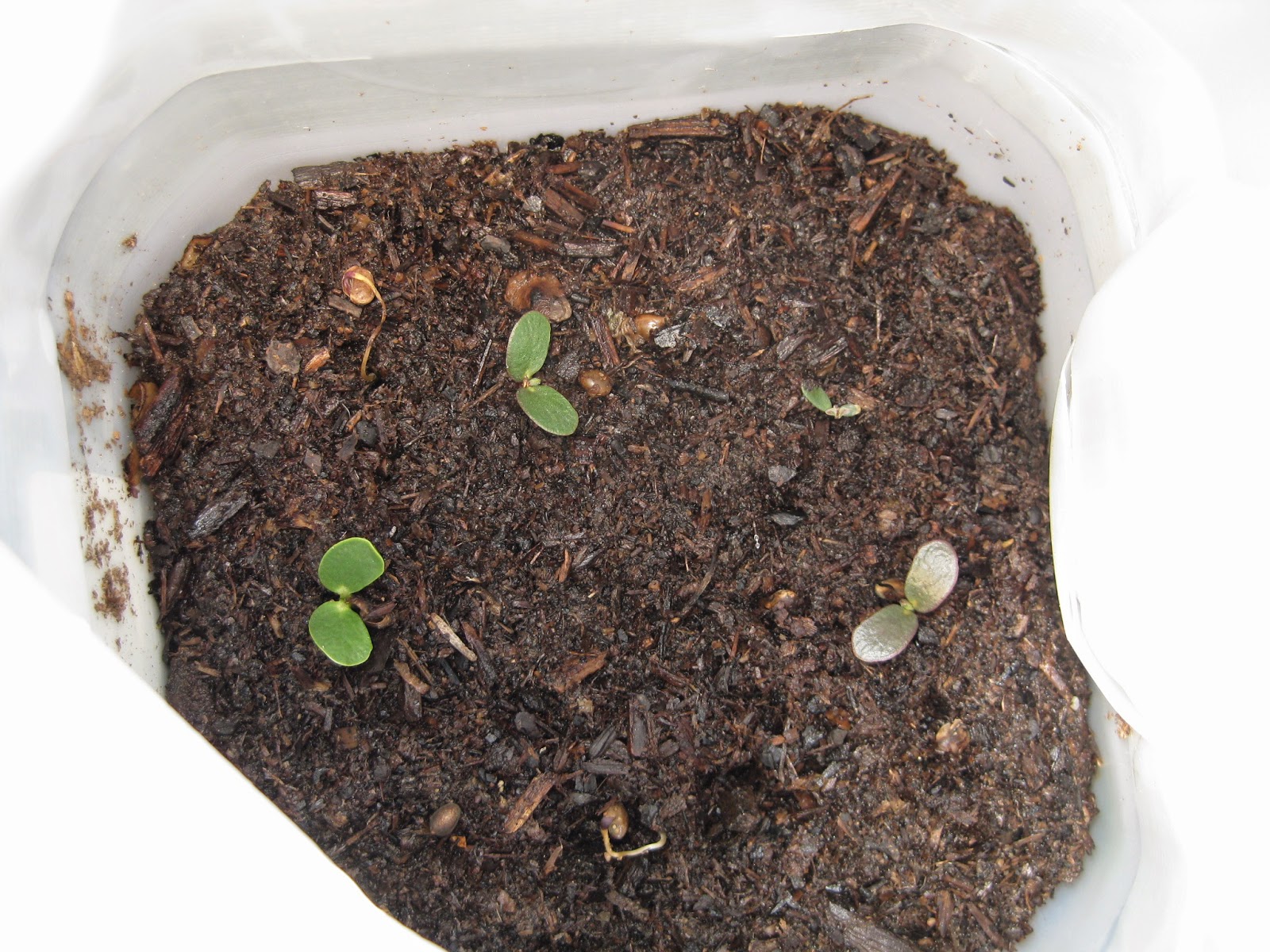A number of crops are tolerant of freezes early in the season. Each night the temperature is still getting down into the upper 20s at night, but the garlic and onions have grown to be about a foot tall. Some of the sequoia strawberry runners that I transplanted late in the fall are even starting to grow. The runners are flowering a bit too early for the flowers to set fruit due to the cold weather. I am thinking about covering them every night below 32F, so that I won't have to wait for warmer weather for strawberries. Mmmmm!
Sequoia strawberry.
So on to the topic today. What to plant when it is still freezing most nights? Well there are surprisingly many options: Spinach, lettuce, cabbage, peas, kale, brussel sprouts, carrots, parsnips, turnip greens, radishes, corn salad (mache), miner's lettuce, lettuce, endive, mizuna, and parsley.
Today I just planted some red cored chatenay carrots. A couple of days ago I planted long island improved brussel sprouts, little finger carrots, early jersey wakefield cabbage, chieftan savoy cabbage, titan parsley, alaska peas, giant noble spinach, and radish seed that I saved a few years back. The newly planted seeds aren't much to look at really, so here are some pictures from the cold frame that is still going strong. I have been leaving it open to let out the heat so everything doesn't bake inside during the day. I haven't been closing it at night either. All of the plants seem to like the cold all they need is to have something to keep the frost from settling on their leaves even if the temperature falls to 22F or lower.
 |
I just planted titan parsley in the long strip of dirt next to
the yellowish colored lettuce called black seeded simpson.
Along bottom half of the picture at the far right edge is
monstreux de viroflay Spinach. The top half of the same row is
bloomsdale longstanding spinach. A bit of freckles lettuce is intermixed.
|
 |
| The red lettuce shown here is lolla rossa lettuce. |
 |
Here you can see that the cold frame is a little packed
with lettuce and other plants. |
 |
Here is some tasty sorrel. I think it is just common garden sorrel
not French sorrel, but alas I don't remember.
A radish is trying to overtake the sorrel. |
 |
Here is the red and green oakleaf lettuce.
I really like the interesting shapes of
these lettuce varieties in salad. |
 |
| This plant with deeply serrated leaves is mizuna. |
 |
| Delicious red sails lettuce. |
 |
| I like the taste of this slightly bitter plant, frisee endive. |
|
|
 |
| Miner's lettuce. |
All of these lettuces and greens would be quite happy out of the cold frame right now. I just haven't needed to plant more lettuce outside of it yet and the coldframe keeps the soil from drying out as quickly. with this 3' by 4' cheap coldframe I have been eating salad almost every day for the whole winter.
Here are a few plants that are doing well ourside of the coldframe in the ground at this time of year about two months before the last spring frost.
 |
| Purple top white globe turnip greens. |
 |
| A yellow potato onion with a bunch of new onion bulbs forming beneath the soil. |
 |
| German red garlic growing nicely. |
 |
| In a pot sitting unprotected in the yard with some horseradish plants already growing. |
|
|
|
Our last spring frost isn't for about 2 months and all of these plants are growing and thriving at freezing temperatures. Yah, the coldframe plants are protected from frost settling on the leaves, but it still gets down into the 20's at night especially when I leave the lid partially open overnight.
About every place I have ever lived the locals complain about how horrible the weather is and how short the season is (even if it is more than half the year long). It doesn't matter where you live, but people will find an excuse not to grow anything or put in the effort. I think 3 months is an awesome growing season. It could be a lot worse at no frost free days each year or only a month of frost free days.
No matter where you live the climate will always be oh so much better on the other side of the fence, whether it be the next town or just across the state line, etc. I think that most of us have great growing climates we just need to choose our plants very wisely and we will be rewarded with an excellent harvest. So get out there and start planting those late winter/early spring vegetables that can tolerate frosts and hard freezes without damage.


































